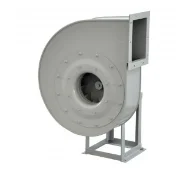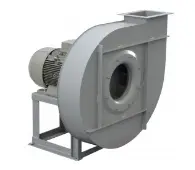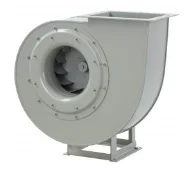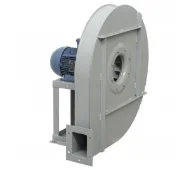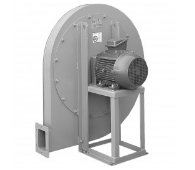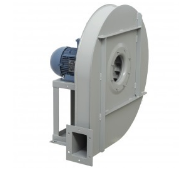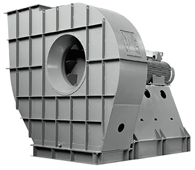Oil and Gas
How Ferrari Industrial Fans Are Used in Oil & Gas Applications
The Oil & Gas industry is subject to stringent standards set by the American Petroleum Institute (API) and we have a rich history of manufacturing and providing effective high-pressure industrial fans with ATEX certification for refineries, extraction plants, oil and gas pipelines, oil ships and platforms offshore.
Several types of industrial processes are involved in oil refining processes, including distillation, catalytic reforming, catalytic cracking, and alkylation. In contrast, natural gas processes involve compression, glycol dehydration, and separating the product into pipeline-quality natural gas and a stream of mixed natural gas liquids and fractionation.
Meanwhile, oil refining processes produce a variety of products, such as lubricants, fuels and feedstocks. The feedstocks are further processed into solvents, plastics, detergents and nylon fibres.
Products of petroleum fossil fuels are the major components of combustion engines for automobiles, ships and aircrafts. By using distillation processes to separate lighter gaseous elements, petroleum refinery plants produce lighter liquid petroleum products as high value end products for combustion engines.
Typical Oil & Gas Applications
Gland steam condenser
Gland steam condensers use cooling water to extract steam to water. They are used to pull a very slight vacuum at the outer section of shaft seals to help reduce the risk of leaking caused by water accumulation in the lube oil system. A steam powered eductor pulls a vacuum and eliminates the non-condensables that are pulled down with the steam to the gland condenser.
Turbine cooling
Turbine Cooling is designed to reduce the negative impact of engine efficiency and cost. It enables the engine design to exceed normal material temperature limits and is consistent with the thermodynamics of isentropic energy transfer.
Flare burner
Flare Burners burn away excessive gas produced during oil production. Our ATEX fans are equipped to release this excessive gas to the top of the flare burner and reduce the risk of overpressure in the production system.
Flare burners also burn away unused raw natural gas brought to the surface while petroleum crude oil is being extracted and produced from oil wells.
